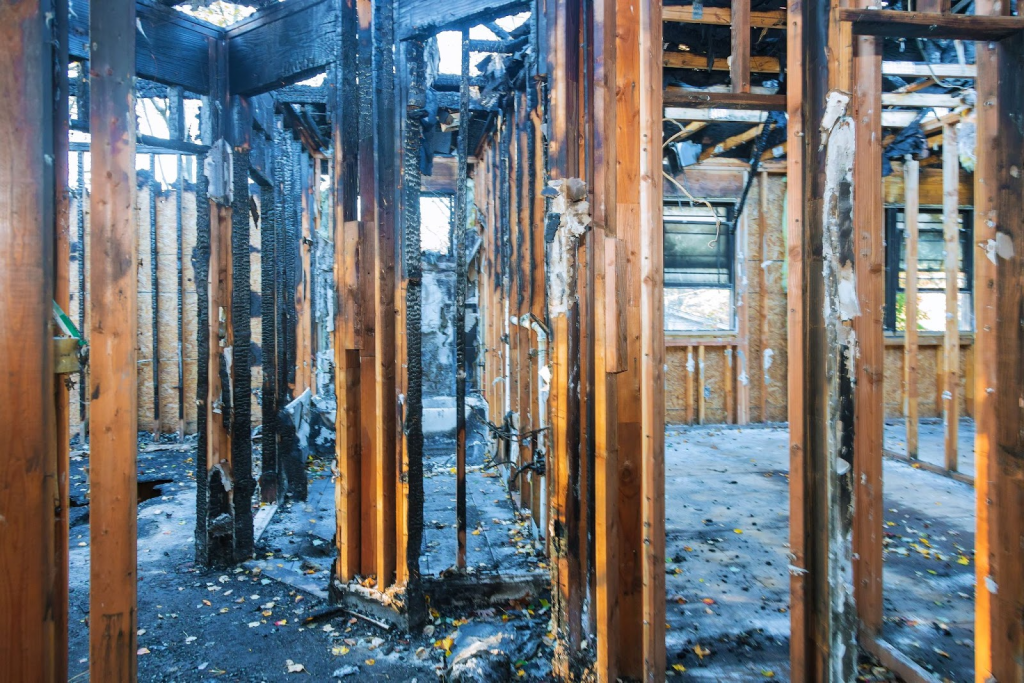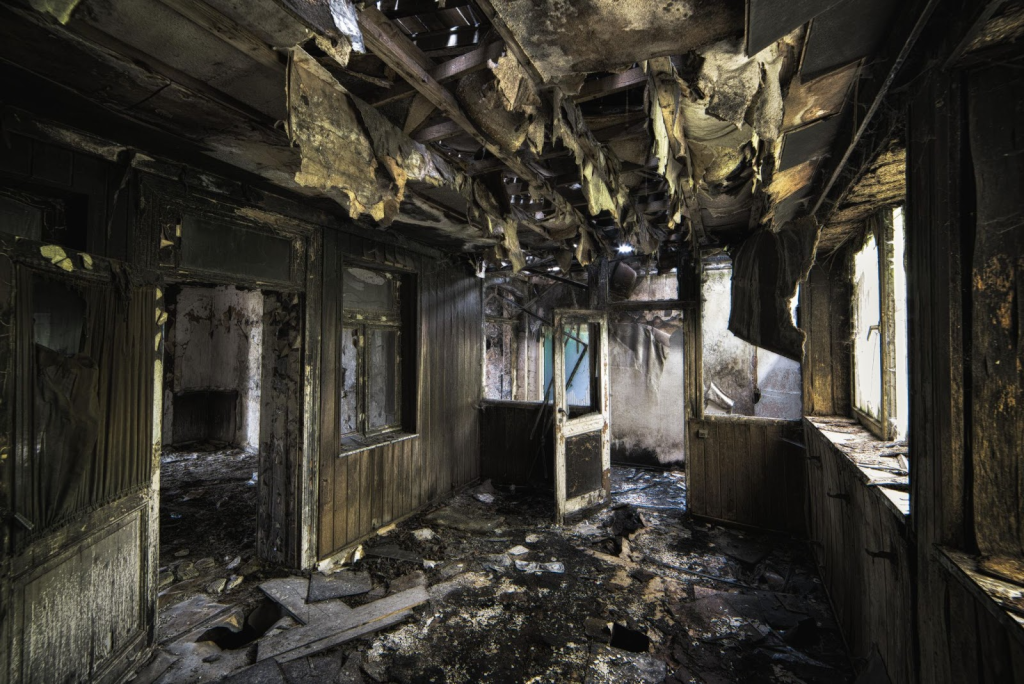
The Difference Between Restoration Services and Renovation Work
Water, fire, and time all leave their marks on buildings, but not every project that follows is the same. Some aim to make a space look new or function better. Others are focused on undoing damage and stabilizing the environment so that life can resume safely. That split—between renovation and restoration—is more than just a matter of vocabulary. It changes the scope, sequencing, risk profile, and even who pays. Understanding how restoration services differ from renovation work helps property owners set realistic expectations, choose the right professionals, and protect both their budgets and health.
Restoration Services Focus on Returning What Was Lost
The core mission of restoration services is to restore a structure to its pre-loss condition after an event such as a flood, fire, or storm. The emphasis is on stabilizing the building, removing contamination, and repairing only what the incident actually harmed. Where renovation is elective and aspirational, restoration is urgent and corrective. Success isn’t measured by how trendy the finishes look; it’s measured by moisture readings, air quality metrics, and whether the building is safe to occupy. Because time amplifies damage, crews mobilize quickly with containment, drying, cleaning, and selective demolition to stop deterioration and preserve materials that can be saved.
Renovation Work Pursues Upgrades While Restoration Services Preserve Core Elements
Renovation projects aim to improve value, efficiency, or aesthetics, often by replacing or reconfiguring existing components. Restoration services safeguard what remains sound and remove what’s unsalvageable.
Think Function Before Finish
In restoration, the priority is structural integrity, dryness, and cleanliness; style choices are made once the building is stable.
Original Materials Matter
Saving existing assemblies reduces disruption and waste, and it preserves the character that renovation might otherwise replace.
Restoration Services Start With Stabilization
In the first hours after a loss, the proper sequence matters more than the right paint color. Restoration services open with hazard assessments, source control, and containment to prevent cross-contamination. Technicians extract standing water, set up negative air or pressure differentials, and deploy drying systems to remove moisture from building assemblies. Only when the structure meets drying goals do they transition to cleaning, odor neutralization, and selective rebuild. Renovation, by contrast, typically begins with design and budgeting, then proceeds to elective demolition and finish selection. The sequencing difference reflects the underlying purpose: restoration halts damage first; renovation creates improvements.
Unique Hazards Presented by Restoration Services
Restoration projects often encounter conditions that typical remodels rarely face, including Category 3 water, soot and smoke residues, compromised electrical systems, or microbial contamination.
Contaminants Require Controls
Professional containment, PPE, and validated cleaning protocols ensure the safety of occupants and crews while work proceeds.
Documentation Isn’t Optional
Moisture logs, photos, and clearance data demonstrate that hazards were mitigated, justifying the scope of work to insurers.
How Restoration Services Align With Insurance Claims
Most restoration projects intersect with insurance policies that define what is covered and how it must be documented. Restoration services teams are accustomed to writing scoped estimates that map directly to policy language and building codes, using line items that reflect industry standards. They provide cause-of-loss notes, equipment logs, and measurements that support the claim file and withstand audit. Claims rarely drive renovation work; instead, it typically follows owner preferences and investment goals. That distinction influences approvals, timelines, and even materials choices, because the objective in restoration is indemnity—returning to pre-loss condition—rather than discretionary upgrades.
Restoration Services Versus Discretionary Renovation
Costs behave differently depending on the project’s purpose. Renovations heavily emphasize materials and finishes; restoration budgets, however, disproportionately allocate resources to mitigation, equipment time, and specialized labor.
Time and Equipment Drive Cost
Dehumidifiers, air movers, HEPA filtration, and containment remain on site for days, and their runtime is a core budget component.
Scope Matches Proven Damage
Adjusters and owners expect to pay for what the loss caused—not for nice-to-have upgrades—so estimates are evidence-based.

Timeline for Restoration Services
While a remodel might wait on finish samples or permit sequencing, restoration services proceed immediately to prevent secondary damage. The first 24 to 72 hours are decisive: remove liquid water, stabilize humidity, and prevent microbial growth. Schedules are measured in day-by-day drying targets rather than milestone design approvals. Once the structure is clean and dry, a limited rebuild can proceed quickly to restore habitability. Renovations often run longer precisely because they include elective scope, custom orders, and expanded inspections; in restoration, every day of delay can worsen conditions and increase costs.
Restoration Services Guard the Breathing Zone
Damage events change the air long before they ruin finishes. Wet materials off-gas, soot coats surfaces, and spores can flourish if humidity spikes. Restoration services treat air as part of the job, not an afterthought.
Containment Protects Clean Areas
Barriers and pressure controls keep particulate and odors from migrating into rooms that were not impacted.
Filtration and Verification Matter
HEPA capture and post-work checks help ensure the air quality returns to normal as the structure dries and is cleaned.
Standards That Govern Restoration Services
Restoration draws on published industry standards and best practices that define categories of water, classes of damage, acceptable moisture content, and cleaning protocols. Technicians use moisture meters, hygrometers, and, in some cases, thermal imaging to map wet areas and measure progress. The notion of “quality” is quantified: materials must return to target dryness, odors must be neutralized, and surfaces must be clean to a defined level. Renovation quality is more subjective, often judged by the fit and finish, as well as owner satisfaction with colors, layouts, and features. The metrics differ because the missions differ.
Where Renovation Shines and Restoration Services Step Back
Renovation is where design takes center stage. You might reconfigure a kitchen, swap a tub for a shower, or add architectural lighting. Restoration services, however, rebuild only what was damaged and match it to existing conditions unless upgrades are separately funded.
Matching Beats Reinventing
The goal is to integrate repairs seamlessly so the space feels familiar and complete, not redesigned.
Upgrades Need a Separate Track
If owners want enhancements, they can be added as a change order that doesn’t jeopardize claim integrity.
Who Leads in Restoration Services vs Renovation
Restoration work typically involves a mitigation vendor, possibly an industrial hygienist, the property owner, and an insurance adjuster. Communication revolves around drying goals, containment strategy, and verifiable clearance. Renovation teams are comprised of designers, architects, and general contractors who coordinate trades to bring a vision to life. The chain of command, documentation cadence, and meeting agendas differ accordingly. In restoration, daily monitoring is standard and decisions hinge on readings; in renovation, the rhythm follows procurement and inspections. Knowing which dynamic you’re in keeps expectations realistic and decisions timely.
Salvage, Replacement, and Restoration Services Priorities
A remodel often starts by removing serviceable finishes to create a blank slate. Restoration services invert that approach by salvaging what can be kept without compromising safety or longevity. Hardwood may be tent-dried, drywall cut to a precise flood line, and cabinetry dehumidified rather than discarded. This salvage-first mindset reduces waste and speeds reoccupation. When replacement is necessary, the mandate is for like-for-like items unless the owner authorizes an upgrade. The material strategy, in other words, defends the structure and the claim, rather than chasing a new design language.
How Restoration Services Keep Operations Viable
For commercial properties, the distinction impacts revenue. Restoration services aim to minimize downtime through containment zones, after-hours work, and phased drying, which keeps unaffected areas open. The success metric is not a reveal day; it’s how quickly staff and customers can return safely. Renovation projects, conversely, may intentionally close areas to complete upgrades more quickly or coordinate multiple improvements simultaneously. In offices, clinics, or retail spaces, the restoration approach prioritizes continuity and code compliance, leaning on temporary protections to maintain operations during recovery.
Questions That Separate Restoration Services From Remodelers
Selecting the right firm begins with clarifying the problem you’re trying to solve. If you’re addressing damage, you need a team built for urgency, contamination control, and documentation—not just carpentry talent.
Ask About Measurement and Reporting
Your provider should explain how they verify drying goals, air quality improvements, and cleaning outcomes.
Confirm Claim Literacy
A qualified partner understands insurer expectations and can present scoped, defensible estimates with proper notes.

Reduce Carbon Footprint with Restoration Services
Renovations can produce large volumes of demolition debris, even when the materials are still serviceable. Restoration services, by preserving and drying what can be saved, often reduce waste streams and embodied carbon impacts. Salvaged flooring, framing, and cabinetry avoid the manufacturing and transport footprint of replacements. Targeted demolition keeps dumpsters smaller, and faster reoccupation cuts the energy penalty of running temporary spaces elsewhere. Sustainability, in this context, stems from restraint and precision rather than the selection of new products.
Where Restoration Services End and Renovation Begins
Think of the two disciplines as complementary stages rather than competing options. Restoration services stabilize the building, remove hazards, and return systems to reliable operation. Once the structure is clean, dry, and safe, owners can decide whether to proceed with elective improvements that renovation excels at delivering. Keeping the phases distinct protects insurance coverage, ensures health and safety, and preserves schedule discipline. Start with the urgent work, document it thoroughly, and then—if desired—invite design back in to imagine what comes next. By respecting the boundary between restoration and renovation, you end up with a space that is both secure and, if you choose, newly inspired.
Visit the Express Restoration blog to learn more about restoration services, renovations, and how each can salvage and improve your property.
